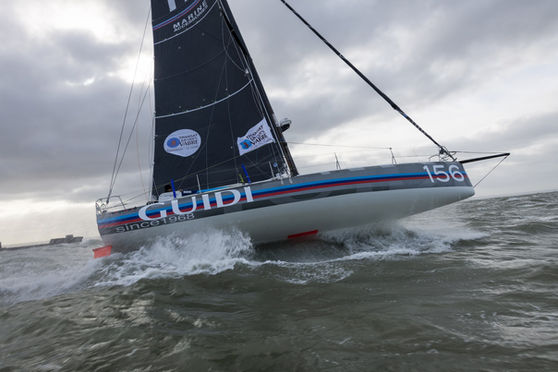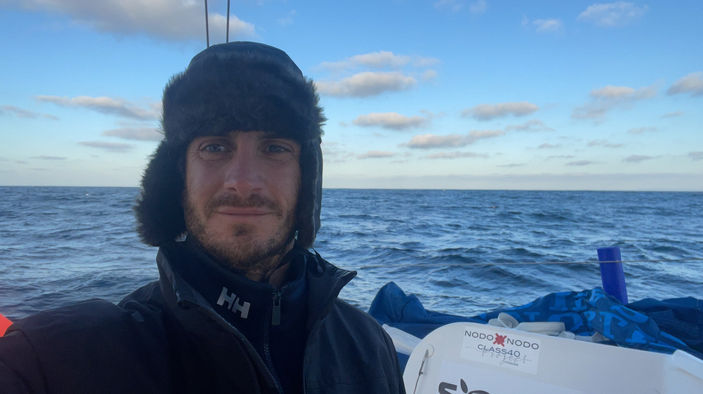A record 15th edition in terms of number of boats registered, route and media return.
In 2021, the Transat Jacques Vabre, one of the most anticipated ocean classics on the international high seas, entered a new era. Founded in 1993 on the route of the sailing ships that transported coffee, this year sees a new destination: Fort-de-France in Martinique, right on the original route of the Coffee Route three centuries ago.
An unprecedented milestone then, like the original formula with three different routes for the 4 classes in the race: the crews started from Le Havre and, after exiting the English Channel, faced the Bay of Biscay until they reached and rounded Cape Finisterre. Heading south they skirted Portugal trying to grab the trade winds up to the Canary Islands where the fleet split into three.
The Class40, which with 45 teams competing was the largest group, followed the shortest route of 4,600 miles. Having reached Cape Verde and left the island of Sal to starboard, they sailed east to Martinique. The Imoca60 and Ocean Fiftys on the other hand, headed for the Brazilian archipelago of Fernando de Noronha, following a section of the historic course of the regatta and then going up again. Competitors in the race covered approximately 5,800 miles. The longest route of 7,500 miles was left to the 5 Ultime in the race. The 32-meter maxi trimarans, the waypoint to be rounded was the Brazilian archipelago of Trindade and Martim Vaz, located in the South Central Atlantic, at Rio de Janeiro.
The number of boats of this edition was impressive, with the presence of the four most important classes: Class40, Imoca, Ocean Fifty and Ultime. And also in large numbers: 79 boats left Le Havre on 7 November 2021, a record. Only 4 crews retired in 28 days of racing. Thus, between 22 November and 5 December, 75 boats with 150 skippers paraded on the pier of honor of Martinique.
There had never been 79 boats at the start. All classes have grown in number: the Latest have gone from 3 to 5, the Ocean Fifty from 3 to 7, the Class40 from 26 to 45 and the Imoca from 13 to 22.
The Transat Jacques Vabre is the longest and most difficult double-handed transatlantic regatta. Within the four fleets, there was never much gap among leaders during the race and the different routes allowed to show the competitiveness of the boats in the race.
Weather conditions were particular and created many movements within the fleets, all in search of wind, trying tactics and strategies to gain speed. It was therefore a regatta that saw the athletes very busy mentally as well as physically.
Media coverage was also important: 450,000 visitors in total to the Le Havre regatta village, 7 million people attended the start on 7 November, all over the world. The website recorded 18 million page views with 5 million videos viewed. Social media has made it possible to reach 7 million accounts and have more than 16 million interactions.
How did it go for Andrea and Charles and the Class40 GUIDI FRA 156?
The Class40 GUIDI FRA 156 finished 15th crossing the finish line on Monday 29 November, at 20:57 in Martinique (Tuesday 30, 1:57 CET). It took Charles-Louis Mourruau and Andrea Fantini 22 days, 11 hours, 33 minutes and 57 seconds to travel the theoretical 4,600 miles from Le Havre to Fort-De-France, at an average speed of 8.49 knots, real route: 5,361 , 54 miles at 9.94 knots.
Congratulations! Andrea e Charles can now take a little rest and enjoy hot showers and soft mattresses... yes, but only until the next adventure!
























